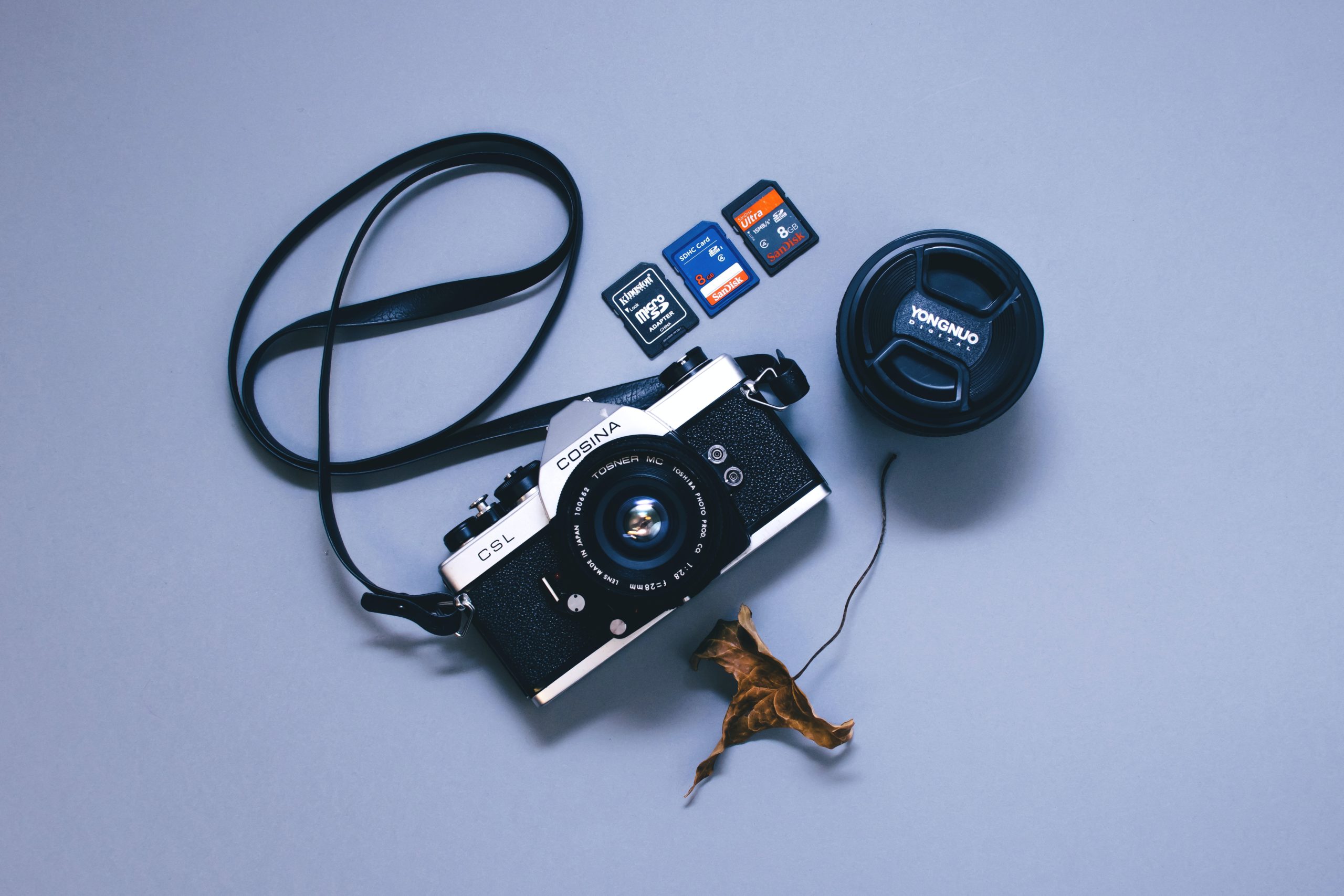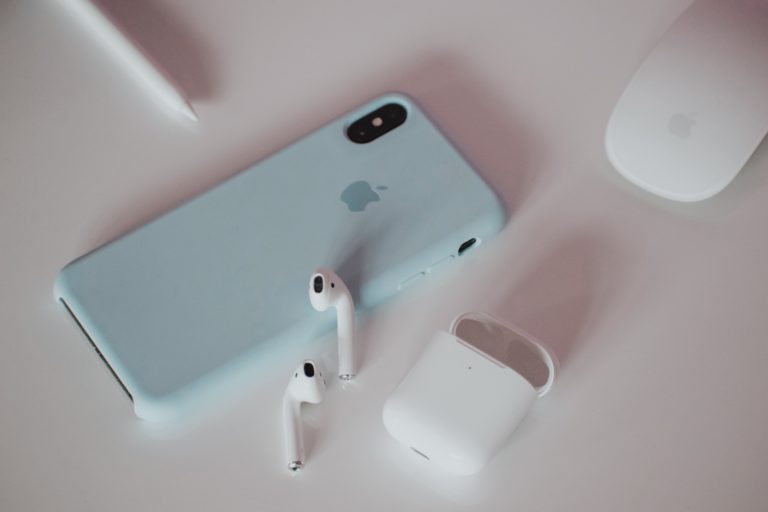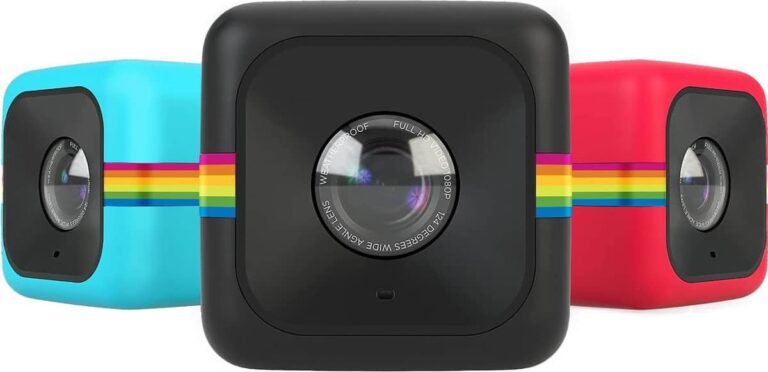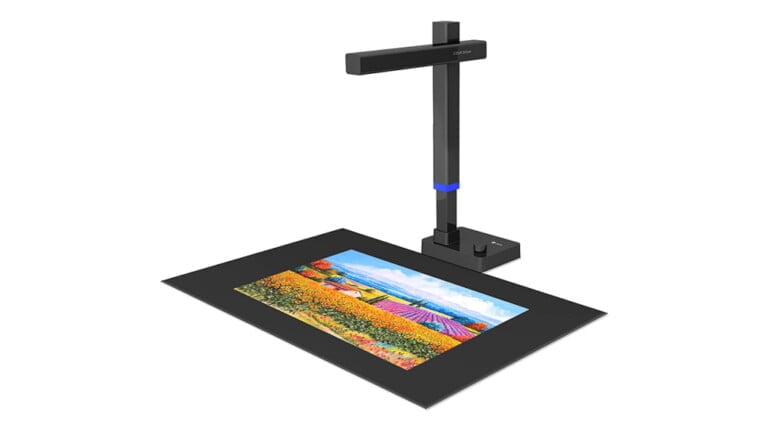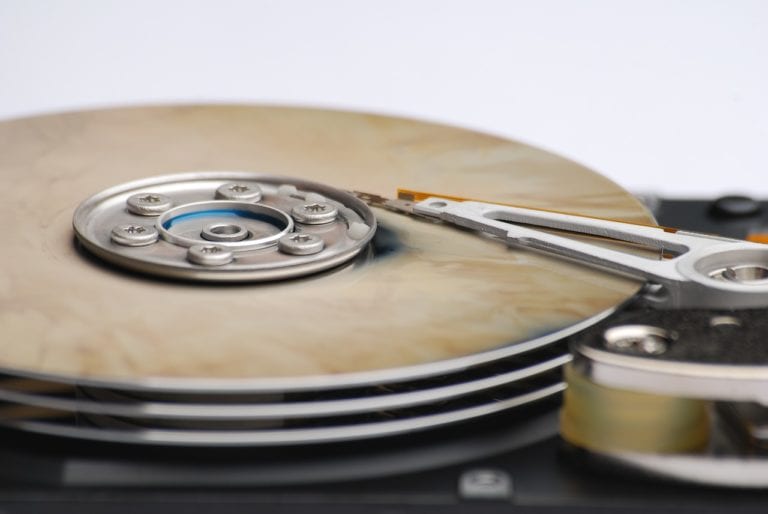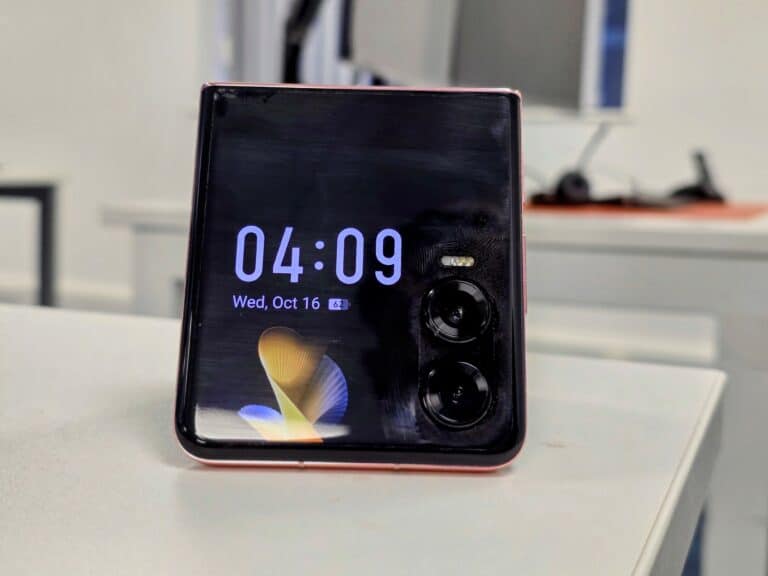Any links to online stores should be assumed to be affiliates. The company or PR agency provides all or most review samples. They have no control over my content, and I provide my honest opinion.
An SD (secure digital) card is an external storage space that can be inserted into devices and then be extracted to backed up content in other locations. SD cards are typically used with cameras, cellphones, smartphones, tablets, laptops, and other mobile devices.
This article will discuss choosing an SD card for your camera and provide some insight into what to keep in mind before you buy.
Types of Cameras
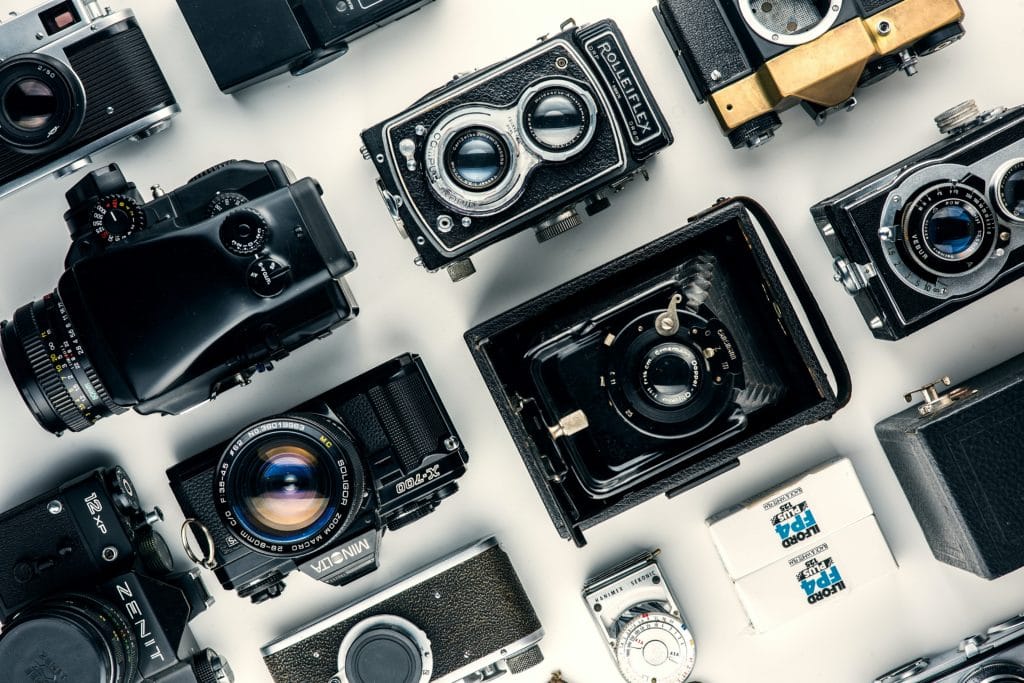
Before deciding which SD card is the best fit for your camera, you need to classify what type of camera you are using.
Some of the most common types of cameras are
- Compact digital cameras
- DSLRs
- Mirrorless cameras
- Action cameras
- 360 cameras
- Film cameras
The majority of cameras are SD compatible, with the exception of film cameras. While a few newer ones have started to include an option for SD cards, any older or more traditional style film camera only uses film to store and develop its pictures.
Types of SD Cards
Turns out there are more types of SD cards then you would probably think. SD cards vary in speed class, physical size, and storage capacity.
An SD card can come in 6 different speed classes, 10, 6, 4, 3, 2, and 1. These can be categorized into regular and ultra high speed (UHS) classes.
Classes 10, 6, 4 and 2 are all regular speed classes and are the most typical SD types you will find. Numerically, they rank high to low, with 10 providing full range hd video recording, 6 and 4 with hd recording, and 2 with standard definition recording.
The two ultra high speed classes, 1 and 3, are designed for professional use and must be used on a device that supports UHS.
There are 3 different SD card sizes ― standard, mini, and micro.
- Standard SD cards measure 32 x 24 x 2.1mm and weigh 2 grams. This size fits most digital cameras.
- Mini SD cards measure 21.5 x 20 x 1.4mm and weigh about 0.8 grams. These are the least common size, as micro cards have replaced the need for them.
- Micro SD cards, which are most commonly used for cell phones, smartphones, and tablets, measure 15 x 11 x 1mm and weigh 0.25 grams.
The third way to categorize an SD card is by its storage capacity. Standard capacity SD cards hold 1mb – 2gb of storage, high capacity cards hold 2gb – 32gb and extended capacity cards hold 32gb – 2tb.
While high capacity cards have become the most common SD card, it is still important to verify that your camera supports this version and if you are using an extended capacity card, you definitely want to make sure it’s supported.
Using a standard capacity card for your camera is not recommended because of how quickly you will fill its memory.
Matching Your SD Card to Your Camera
Some SD cards are preferable to others, depending on which camera you are using. It may be useful to explore camera specific articles to get a better idea of what others are using successfully.
Compact digital cameras are the most versatile when it comes to choosing an SD card because they are more accessible to the less-experienced photographer and don’t require a top notch card. Getting a SD card with a speed class of 6 or 4 is an easy way to save money and most likely a standard capacity card will have enough storage since the photos will not be processed in their RAW format.
If using a DSLR or mirrorless, you will probably take and save images in their RAW format so the fastest SD card available is preferable. A card with a speed class of 10 or UHS is recommended.
When using an action or 360 style camera for videos, a fast SD card is recommended in order to save high resolution videos. Whether you are using a GoPro or Polaroid Cube, having an SD card that can maintain the quality of your videos is essential if you want to capture sharp content.
Typically faster, higher capacity SD cards are the favored choice but it all comes down to how much you are willing to spend. SD cards can range anywhere from $10 to $100 or more on amazon so it is a good idea to consider your equipment before purchasing.
I am James, a UK-based tech enthusiast and the Editor and Owner of Mighty Gadget, which I’ve proudly run since 2007. Passionate about all things technology, my expertise spans from computers and networking to mobile, wearables, and smart home devices.
As a fitness fanatic who loves running and cycling, I also have a keen interest in fitness-related technology, and I take every opportunity to cover this niche on my blog. My diverse interests allow me to bring a unique perspective to tech blogging, merging lifestyle, fitness, and the latest tech trends.
In my academic pursuits, I earned a BSc in Information Systems Design from UCLAN, before advancing my learning with a Master’s Degree in Computing. This advanced study also included Cisco CCNA accreditation, further demonstrating my commitment to understanding and staying ahead of the technology curve.
I’m proud to share that Vuelio has consistently ranked Mighty Gadget as one of the top technology blogs in the UK. With my dedication to technology and drive to share my insights, I aim to continue providing my readers with engaging and informative content.

